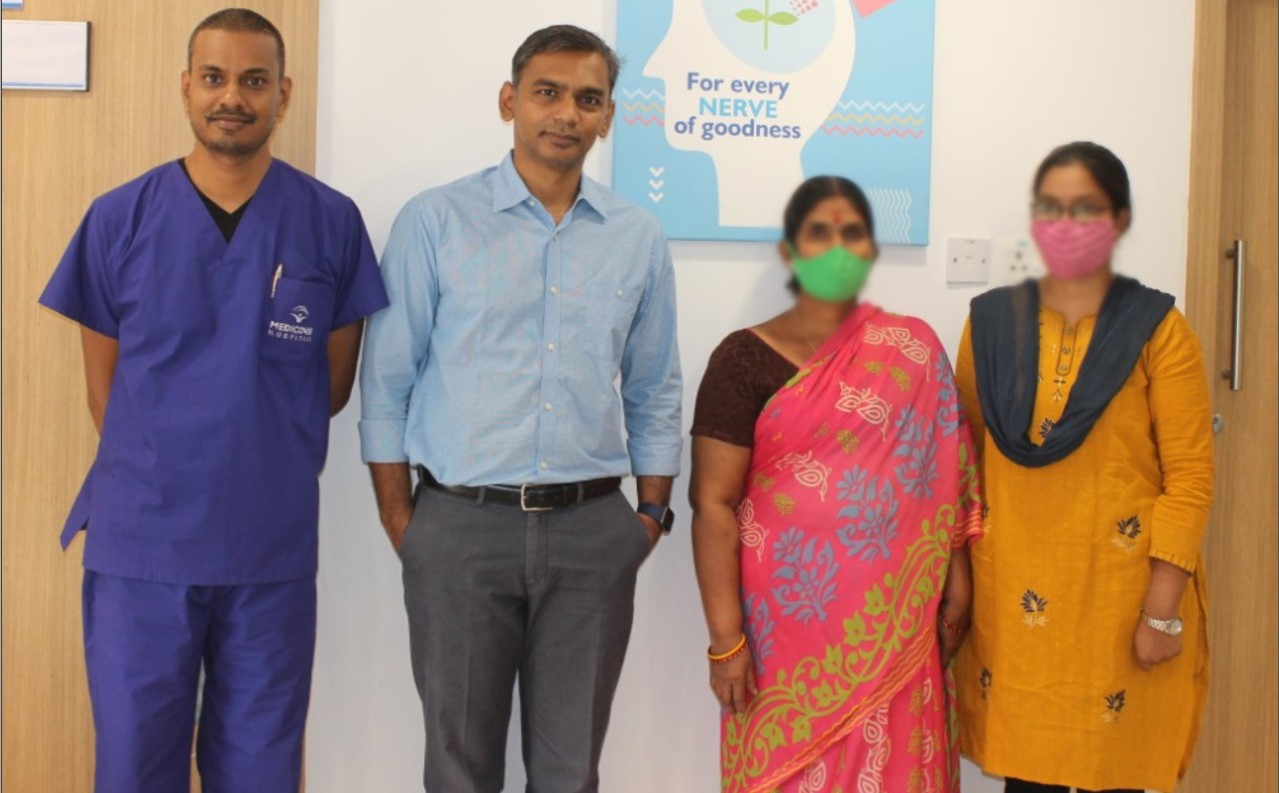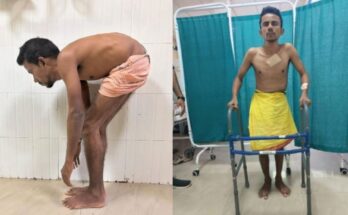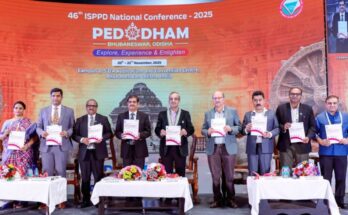Hyderabad, A 55-year old patient, Ms. Vijayalakshmi from Telangana reported difficulty in walking, seeing things, and also difficulty in eating food. Whenever she tries to eat food, there is a cough and she is unable to swallow food. Her voice has also changed recently.
During the investigation, MRI revealed clival chordoma lesion which is a skull-based lesion which is extending to both the sides involving the carotid arteries and also, the lower cranial nerves. Because of the involvement of the lower cranial nerves, she had vocal cord nerve palsy and also difficulty in swallowing which leads to aspirations.
The condition of the lesion was quite critical and the doctors decided to go for trans-nasal (through the nose) endoscopic removal of the lesion. Since it was involving major structures like the carotid arteries, the doctors used the navigation system also with an endoscopic approach and the tumor was removed.
The part of the tumor sticking to the ICA was left behind. The whole tumor was later removed successfully and decompressed. The patient recovered well on the first day, post-surgery as the nasal packs were removed. The voice started improving, and the speech became better. She started eating and walking much better than before.
The surgery was timely. Had it been delayed, the tumor would have progressed further. Since it involved carotid arteries, a brain stroke could have been imminent.
Because of the lower cranial nerve involvement, she cannot talk or eat and whenever she tries to eat, it would go directly into the lungs and she could have aspiration pneumonitis that could lead to sudden collapse and death. Also, multi-systemic infection from the lungs could go to the whole body into the blood and she could ultimately die because of this.
The whole specialty of this case is the multi-disciplinary approach involving the complexity of the lesion. Clival chordoma itself is a rare condition and the doctors were able to manage it with an endoscopic trans-nasal method. ENT’s intervention was required to approaching the lesion. The whole procedure was very challenging and technically demanding.




